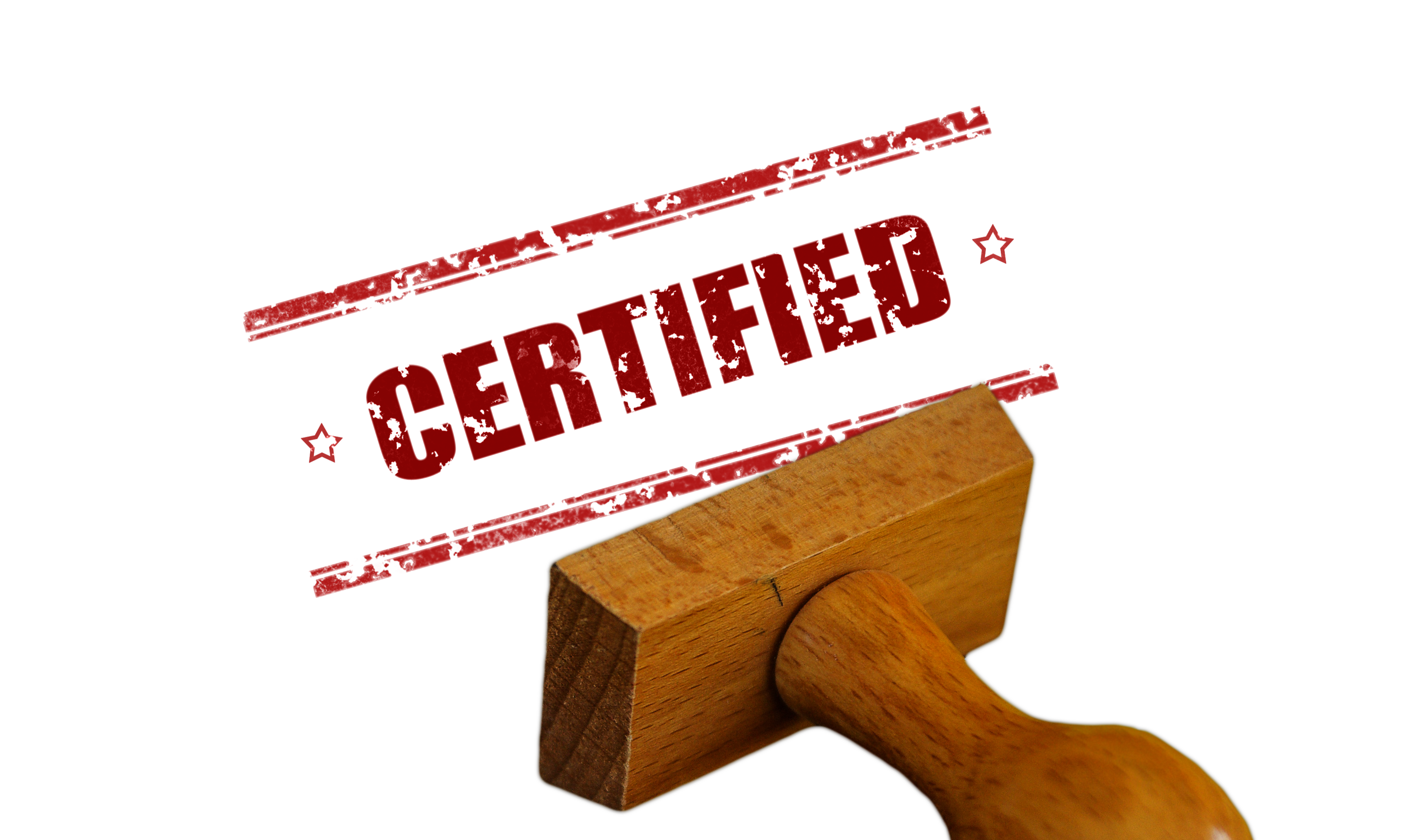

It has been some time since our last article on the various fire detection standards, and we now turn to one of the most interesting standards: SANS 246 – Fire Protection for Electronic Equipment Installations – Code of Practice.
This particular standard differs slightly from other standards in the fire detection field in that it encompasses a range of topics related to electronic equipment installations. This standard provides information on construction, furniture and fittings, air conditioning, raised flooring, and a host of additional details. We, however, wish to concentrate on the fire detection portion of the standard.
Electronic equipment installations differ from other standards due to the criticality associated with data centres and server rooms in general. Loss of information in electronic format can be devastating to an organisation. Back in the day, most data storage would have been on paper, taking up huge amounts of space. In contrast, today, electronic storage of data provides organisations with easy access to the storage and retrieval of information.
Most data centres and server rooms can be categorised into one of three levels: Medium Risk, High Risk, and Critical Risk. Each risk category has increasing criteria for a fire detection system, with Critical being the highest. Prior to the installation of a fire detection and possible suppression system, a risk assessment must be conducted, and consultation with the end user is necessary for the designer to fully understand the client's requirements.
It is good business practice these days to install a Fire Detection System specifically for the data/server room, with the system being monitored by the main building fire detection system. All control for a suppression system should be conducted through the dedicated fire alarm system, not the main building system.
More than a traditional smoke detector
Specific attention should be given to the type of detection methods within the data centre/server room, as no single solution will suffice. Extremely high airflows from the specialised air-conditioning units can cause smoke, when present, which moves at high speed, rendering fixed point detectors insufficient to detect smoke. Generally, a combination of aspiration and fixed-point detectors is considered. Additionally, some data/server rooms utilise hot and cold aisles. As we know, hot and cold air cause smoke to behave differently; therefore, suitable detection methods should be used.
Where fixed point detectors are used, the spacing of the devices differs, as indicated in SANS 10139, and they cannot be used in areas with high airflow, such as floor voids. Having said that, one must remember that each installation is different, hence the need for a risk assessment. Areas adjacent to the risk should also be protected, bearing in mind that these areas must not interfere with a suppression system.
Several additional factors must be taken into consideration. The actual server racking, hot and cold aisles, the room in general, floor voids, ceiling voids, air circulation, as well as return air ducting. All will require detection to suit the environment.
Interaction or interfacing with non-detection equipment, such as air-conditioning shutdown, power shutdown, and the release of suppression agents, needs to be discussed with the client responsible for the facility. Suppression itself is a separate kettle of fish, which will be covered in upcoming articles. It should, however, be noted that SANS 246 (9.1.5) states that the use of condensed aerosol systems is not recommended due to the potential damage to sensitive electronic equipment.
The following South African National Standards should be used in conjunction with SANS 246. SANS 10400-T, SANS 10139, SANS 369-1 & 2, SANS 14520-1 to 15, SANS 306-4.
SAQCC Fire can provide guidance on the requirements for Fire Detection in Electronic Equipment areas. Please consult the website at www.saqccfire.co.za for contact information.
For more information contact SAQCC Fire,

© Technews Publishing (Pty) Ltd. | All Rights Reserved.